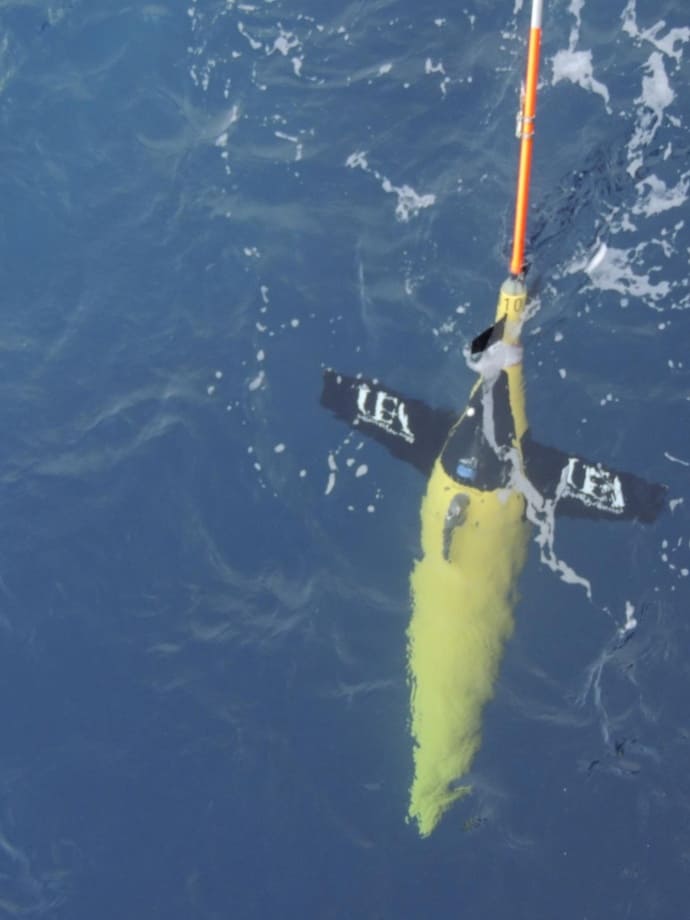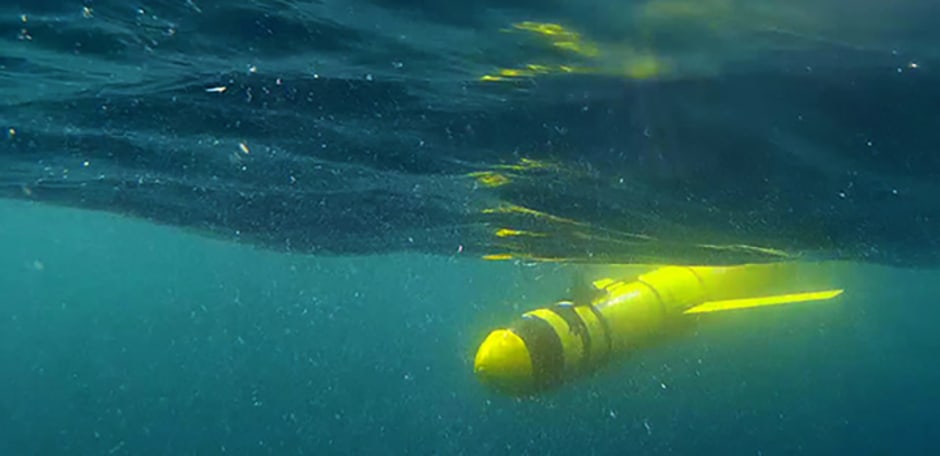Monitoring the health of the sea is an important job for environmental scientists. The interaction between ocean and atmosphere is important for the climate, and the seas are a vital source of income for many communities and nations. The Arabian Sea has been inaccessible to scientists for some years, because of geopolitical tensions and piracy. However, the University of East Anglia recently sent two robotic probes to the Gulf of Oman to collect data, and the results are highly worrying.

It was already known that the Arabian Sea was a low oxygen area. “Dead zones are areas devoid of oxygen. In the ocean, these are also known as 'oxygen minimum zones' and they are naturally occurring between 200 and 800 meters deep in some parts of the world,” said Bastien Queste from UEA's School of Environmental Sciences, who led the research in collaboration with Oman's Sultan Qaboos University. "They are a disaster waiting to happen – made worse by climate change, as warmer waters hold less oxygen, and by fertiliser and sewage running off the land into the seas.”
UEA sent two remote-controlled seaglider robots, about the size of a human diver but capable of reaching depths of around a kilometre and travelling the ocean for months, to the Gulf of Oman for an eight month mission. They communicated by Iridium satellite to build an underwater picture of oxygen levels, and the ocean mechanics that transport oxygen from one area to another. They found an area larger than Scotland with very low oxygen levels - even lower than their worst forecasts.
“The Arabian Sea is the largest and thickest dead zone in the world,” Queste said. "We barely have any data collected for almost half a century because of how difficult it is to send ships there.”
This lack of oxygen has several effects, Queste explained. Fish, marine plants and other animals cannot survive in the dead zone, reducing supplies of food and source of employment for local communities. "Another problem is that when oxygen is absent, the chemical cycling of nitrogen - a key nutrient for plant growth - changes dramatically. Nitrous oxide, a greenhouse gas 300 times more potent than CO2 is produced," he added.
In the journal Geophysical Research Letters, the UEA team explains how they found that seasonal variations - such as monsoon - cause the dead zone two move up and down, leading to fish being squeezed into a thin layer of water near the surface.
They also note that computer simulations show that oxygen will continue to decrease over the next century and the oxygen minimum zone will grow, although they note that simulations have a difficult time representing some of the mechanisms for oxygen transport. "Management of the fisheries and ecosystems of the western Indian Ocean over coming decades will depend on better understanding and forecasting of oxygen levels in key areas such as the Gulf of Oman," Queste stated.

Propeller-free propulstion
Seagliders have an oil filled bladder. They fill it with oil (volume goes us, mass stays the same), or bring the oil back into the hull (volume goes down, and mass stays the same) to change the density of the vehicle. The vehicle's density relative to the water around it defines whether it sinks or floats. This way it only has to use its motor twice: once at the surface to start sinking, and once at the bottom to start floating again.
To direct its "flight" forward, it moves a big battery inside the hull which changes its centre of gravity - with that it can tip forward, backwards, and side to side. The fixed wings on the side then make it glide through the water. First it sinks pointing down, and then floats pointing up, this makes it move in a constant sawtooth pattern.
Glider data is available at: http://ueaglider.uea.ac.uk
Source: Bastien Queste




Glasgow trial explores AR cues for autonomous road safety
They've ploughed into a few vulnerable road users in the past. Making that less likely will make it spectacularly easy to stop the traffic for...